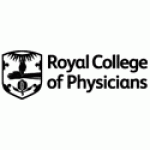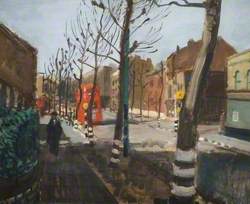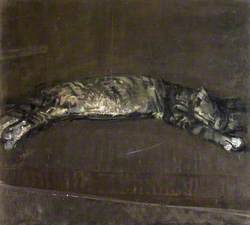How you can use this image
This image is available to be shared and re-used under the terms of the Creative Commons Attribution-NonCommercial-NoDerivatives licence (CC BY-NC-ND).
You can reproduce this image for non-commercial purposes and you are not able to change or modify it in any way.
Wherever you reproduce the image you must attribute the original creators (acknowledge the original artist(s) and the person/organisation that took the photograph of the work) and any other rights holders.
Review our guidance pages which explain how you can reuse images, how to credit an image and how to find more images in the public domain or with a Creative Commons licence available.
DownloadNotes
Add or edit a note on this artwork that only you can see. You can find notes again by going to the ‘Notes’ section of your account.
Sir Cyril Astley Clarke (1907–2000) led the medical team that discovered how to prevent rhesus haemolytic disease (Rh Disease) of the newborn, one of the major modern advances in preventative medicine. After serving in the navy during the Second World War, Clarke became consultant physician at the David Lewis Northern Hospital in Liverpool. Here he developed an interest in medical genetics following studies of swallow-tailed butterflies. Clarke went on to found the Nuffield unit of medical genetics, which he directed from 1963 to 1972. He was then elected president of the Royal College of Physicians of London, a post he held until 1977. Cyril's work was widely recognised, and he received many national and international awards. The portrait was painted by Ruskin Spear (1911–1990), who, because he used a wheelchair following childhood polio, focused on painting his immediate surroundings in Hammersmith.
Title
Sir Cyril Astley Clarke (1907–2000)
Date
1977
Medium
oil on canvas
Measurements
H 75 x W 69 cm
Accession number
X153
Acquisition method
commissioned, 1977
Work type
Painting








